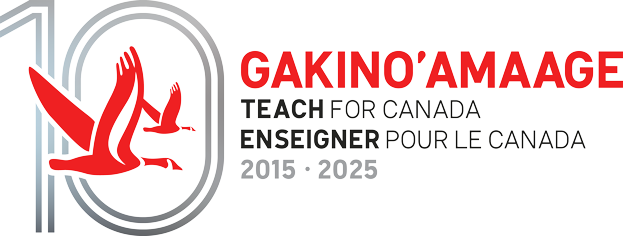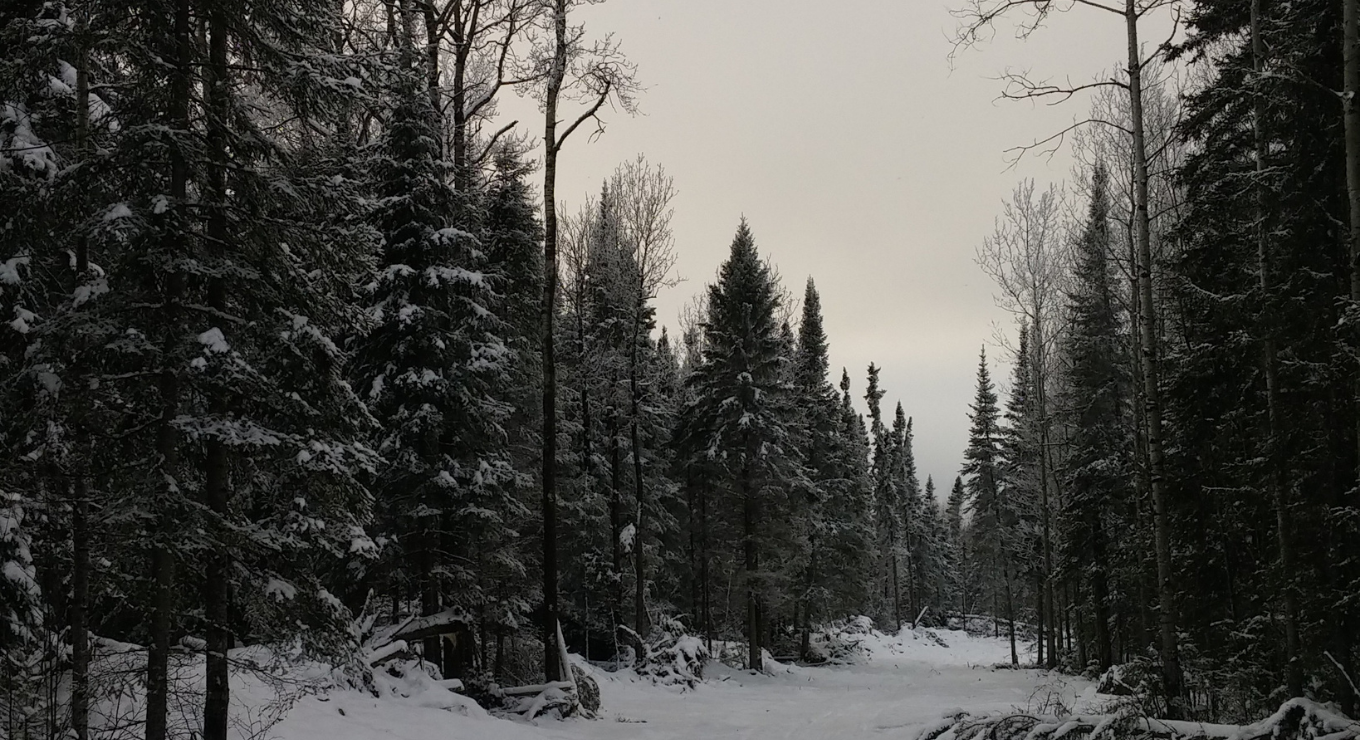Melania Chikobvu is a Special Education Teacher in Sandy Lake First Nation and an alumnus of Teach For Canada. She completed her two-year commitment in Sandy Lake from 2018 to 2020 and continues to teach in the North.
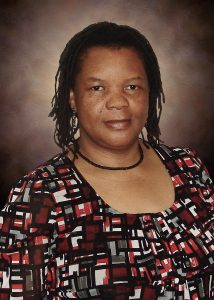
Melania Chikobvu is currently teaching Special Education in Sandy Lake First Nation.
Since the onset of the Coronavirus pandemic in March 2020, life in Sandy Lake First Nation has changed. Like many communities around Canada, the 2020 March Break was extended indefinitely. In our community, Chief Delores Kakegamic and her team worked tirelessly to put measures in place to curb the spread of the virus and protect residents.
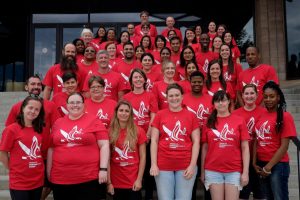
Melania joined the 2018 Teach For Canada cohort and accepted a position from Sandy Lake.
Community protocols
In Sandy Lake, those entering the community were tested upon arrival, before taking part in a mandatory 14-day quarantine. Around the community, no visits or gatherings of any kind were permitted. As cases rose across the country and Toronto, Winnipeg, and Thunder Bay were declared red zones, Sandy Lake further tightened its restrictions. People who wished to leave the community first had to receive permission.
“Although these measures seemed strict at the time, I am grateful for the strong approach that Sandy Lake took. It’s because of these efforts and restrictions that our community has only seen a handful of positive COVID-19 cases.”
School adaptations
In October 2020, elementary through grade 8 staff transitioned to assembling homework packages to keep students engaged from home. Grade 9 and 10 teachers pivoted to conduct online classes.
By November, some school functions resumed with limitations. Classes were split in half, with one-half of students attending in the morning and the other in the afternoon. Even though some classes had resumed, the school felt different.
School schedules were reduced, with elementary classes meeting twice per week. Educator schedules also shifted to accommodate social distancing protocols. Teachers were no longer able to be in school together every day.
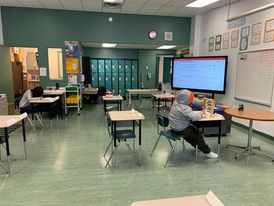
In Sandy Lake First Nation, in-class learning has seen lower levels of attendance due to COVID-19.
Classrooms that used to be alive and buzzing with energy had become emptier, exceptionally tidy, and were frequently sanitized. The corridors were quiet. Because some parents chose to keep their children home, attendance decreased. As an educator, I found it challenging to engage fewer students when I was used to full classrooms. The change was especially evident with the cancellation of recess.
Homework packages continued to be delivered to students to make up for reduced in-classroom learning. Soon, we began offering prizes as incentives for students who completed their work. Throughout this time, the elementary school was being used as a distribution center for the vaccine.
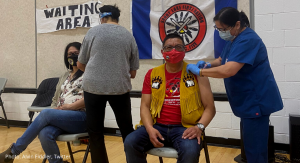
Grand Chief at Nishnawbe Aski Nation and a member of Muskrat Dam First Nation, Alvin Fiddler shared this image on Twitter April 6th, 2021, with the caption: “Delores Kakegamic and I got our second shot of the Moderna vaccine here in Sandy Lake. My sister Nellie administered it. One word to describe how I feel on this final week of Operation Remote Immunity – Grateful.”
Land-based learning
Land-based learning is generally a huge part of Sandy Lake’s curriculum. Teachers will often take students rabbit snaring, ice fishing, ice skating, camping, and on snowmobile rides. Winter brings fun outdoor activities, like snow carving competitions, moose hide treating, fish smoking, and tipi making. Indoor activities including filleting, beading, and bannock making are huge staples of our school and community.
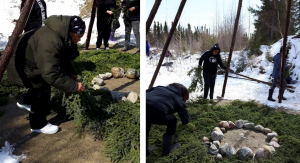
Land based learning plays an important role in the Sandy Lake community.
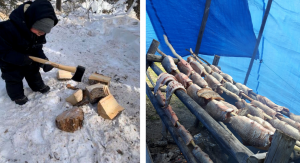
A young member of the Sandy Lake community learns to chop wood. Fish is smoked over a fire.
Sandy Lake’s big annual event, the February Lil Bands Hockey Tournament, typically engages nearly every family in our community. This year, many of the event’s activities were impossible under COVID regulations. Luckily, we were approved to take part in some, like snowmobiling and ice-fishing.
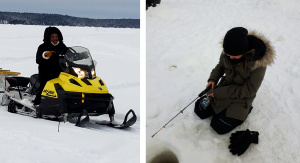
Socially distanced outdoor events, like snowmobiling and ice fishing, were permitted during COVID-19.
Departmental changes
Some changes that resulted from COVID-19 were specific to the special education department. Programs that usually brought therapists and assessment teams into our school were suspended. Thankfully, we could still offer speech and language therapy sessions and psychoeducational assessments virtually.
Takeaways
Teaching in the North during COVID-19 has its challenges. Some days, it has felt overwhelming not knowing what the next day holds. As a teacher, I have had to plan with the knowledge of no guarantees. I am always aware that my lessons and programs may be postponed or canceled at a moment’s notice.
I am grateful for Teach for Canada’s support and the access to mental health resources they provide. Through Teach For Canada, I can access personal support, like counseling sessions as well as professional support and direct mentorship from my Teacher Development Manager, to help me through these difficult times.
Taking things day by day has really helped me through COVID-19. As a remote community, Sandy Lake has faced additional challenges, including water shutdowns, power outages, and internet issues.
Through it all, the people of my community still laugh and smile. We know we will get through this together.
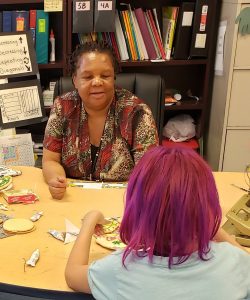
Interested in learning more about teaching in the North during COVID-19? Read our FAQ.


